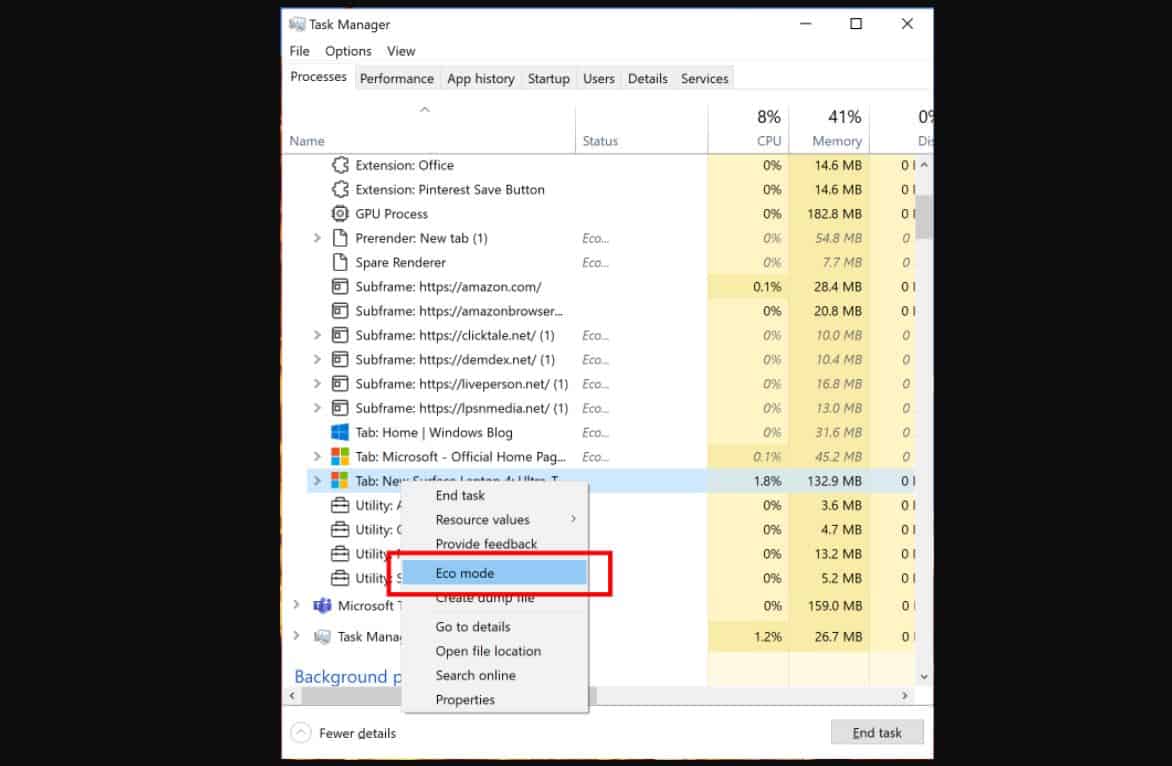

Windows 11 could be hurting your gaming performance If your PC is running slowly, the latest Windows 11 update may be to blame If you don’t and the selection grid disappears, drag your second window to the edge of the empty space. Click on one, and it will automatically snap into place opposite the first window. Step 2: If you have other windows or applications open when you snap your chosen window, you’ll also see a number of options that can fill the second half. Step 1: Choose the window you want to snap to one half of the screen, then drag it to the edge. One of Windows 10’s most important contributions to split-screen multitasking is Snap Assist, which makes it easier to select an open application window when you are choosing which applications to arrange on your screen. There's also a visual suggestion (with up to six ways) for how you can split screen via Snap Layouts with a pop-up when you hover over the maximize button - which you don't get in Windows 10.Īll that aside, let us dive in deeper. It has ways of grouping and saving your open apps so that if you minimize your apps to the taskbar, Windows will remember them as a Snap Group, and you won't lose your place. You can still use Snap Assist keyboard shortcuts in Windows 11, but compared to Windows 10, Snap Layouts in Windows 11 gives you expanded ways of using split screen. It expanded on Snap Assist with a new feature known as Snap Layouts. However, in Windows 11, Microsoft improved on that. The same also applies if you opt to open another app or minimize the Taskbar.

Both operating systems will let you use what is known as Snap Assist.Īs we explain later, Snap Assist is a Windows feature that suggests ways for you to group your open apps together when you use a specific keyboard shortcut.Īnything you snap through Snap Assist won't "save." If you exit one app, you'll need to manually trigger that split screen again. Split screen in Windows 10 versus Windows 11īefore we begin, we do want to mention that we'll be talking about split screen multitasking across Windows 10 and Windows 11. Even Windows 11 does the same, but with added productivity-first features like Snap Layouts.


Today, the latest version of Windows 10 offers a number of ways to split your screen into multiple windows and get real work done, with better support for higher-resolution displays and multiple monitors. In Windows 10, Microsoft tightened up the snapping mechanism and expanded its functionality.


 0 kommentar(er)
0 kommentar(er)
